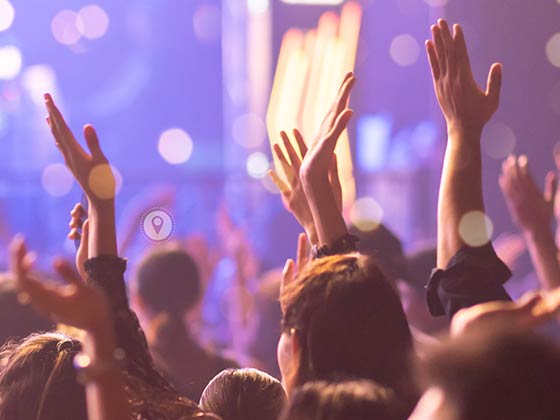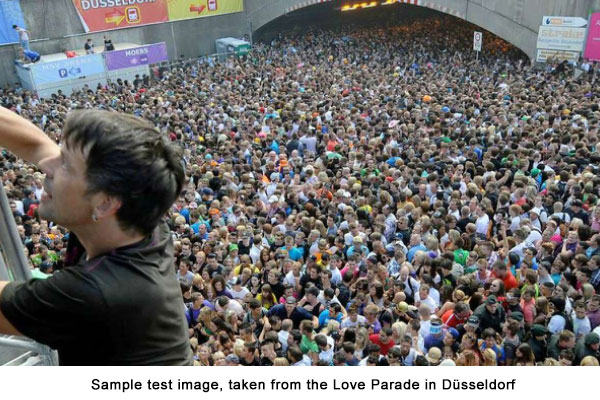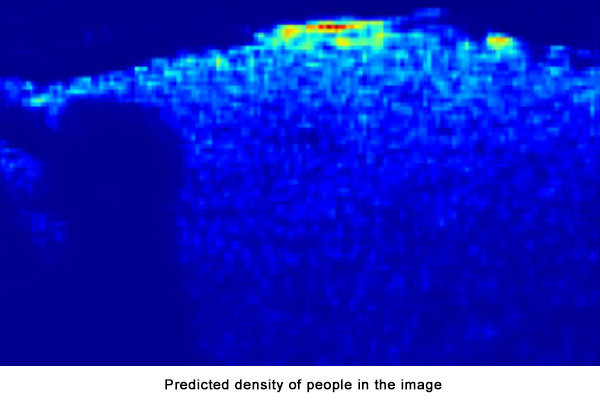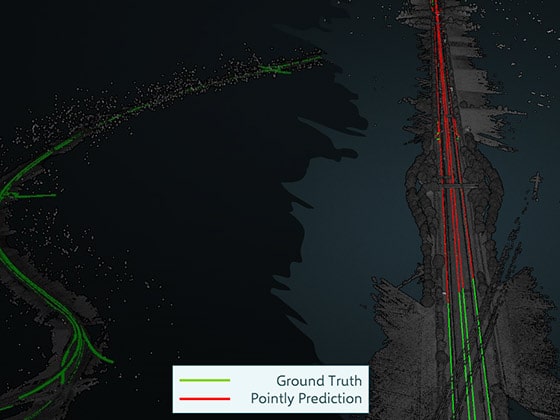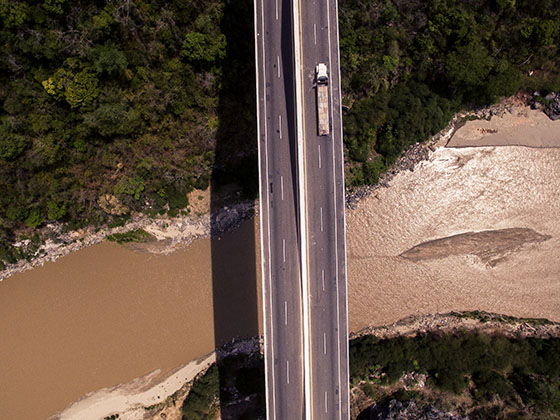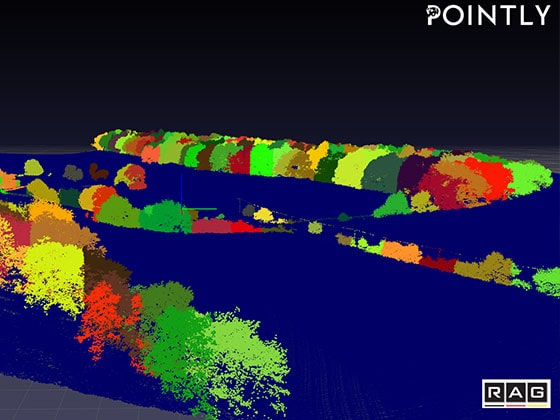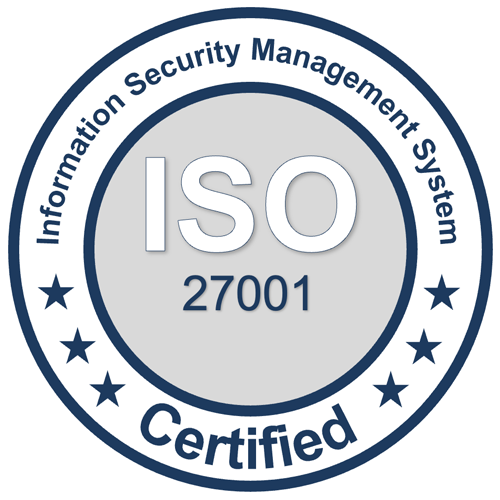Crowd Control – Using AI to track people counts in near real-time
a Supper & Supper Use Case
Category
→ GEO AI
→ COMPUTATIONAL LIFE SCIENCE
→ Deep Learning Object Detection
→ Computer Vision
Technologies
Deep Learning
Download
Social Sharing
Other Use Cases in this category
The automated generation of CAD models from 3D highway Use Case lesen
The automatic detection of different trucks in orthophotos with Use Case lesen
The automated conduction of a forest inventory Use Case lesen
